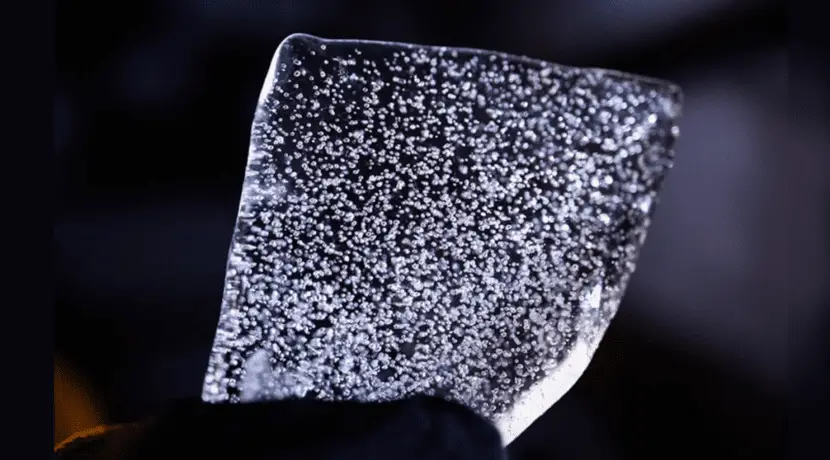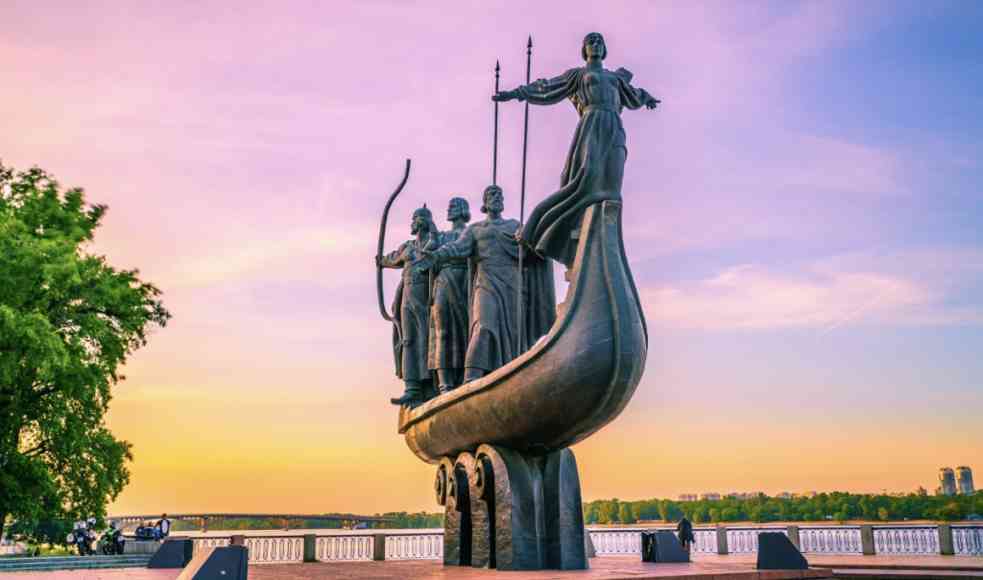CO₂ concentrations are increasing faster than in the last 50,000 years
Antarctic ice cores 18. May 2024 8:38 p.m. Robert Klatt Antarctic ice core reveals historic concentration of CO₂ )ytisrevinU states nogerO /gnilletS enirehtaK(Photo: © The concentration of CO₂ in the Earth’s atmosphere is currently increasing more rapidly due to human activities than in the last 50,000 years. Corvallis (United States). Natural CO₂ present in the […]

Antarctic ice cores
Robert Klatt
Antarctic ice core reveals historic concentration of CO₂
)ytisrevinU states nogerO /gnilletS enirehtaK(Photo: ©
The concentration of CO₂ in the Earth’s atmosphere is currently increasing more rapidly due to human activities than in the last 50,000 years.
Corvallis (United States). Natural CO₂ present in the Earth’s atmosphere triggers the greenhouse effect and thus contributes to warming. Throughout Earth’s history, CO₂ concentrations have fluctuated considerably and, according to a study by the American Mogenic Society (AMS), they recently reached their highest level in a million years. Ice Age cycles in particular had a strong influence on CO₂ concentrations in pre-industrial times, whereas today this is mainly due to human emissions.
Researcher of Oregon State University (OSU), led by Kathleen Wendt, has now examined the evolution of the historical growth rate of CO₂ concentrations. Older studies have already provided data showing that carbon dioxide levels rose particularly sharply during several periods during the last ice age, which ended around 10,000 years ago. According to Wendt, the studies’ measurement data were not detailed enough to fully understand rapid climate change.
“You probably wouldn’t expect to see this in the middle of the last ice age. But our interest was piqued and we wanted to go back to those periods and take more detailed steps to find out what happened.
Ice cores from the Antarctic ice sheet
According to their publication in the specialized magazine PNAS The researchers therefore examined samples from the Antarctic ice sheet, which allowed them to reconstruct the evolution of carbon dioxide levels during the last ice age. They identified a pattern in which global climate changes with large jumps in CO₂ and cold periods of the North Atlantic, which scientists call Heinrich events, occur in parallel.
“These Heinrich events are truly remarkable. We believe they are caused by a dramatic collapse of the North American ice sheet. This sets off a chain reaction involving changes in tropical monsoons, southerly westerly winds, and those big explosions of CO₂ from the oceans.
14 parts per million (ppm) in 55 years
Analysis of ice cores shows that the concentration of CO₂ in Earth’s atmosphere increased by approximately 14 parts per million (ppm) over a 55-year period during the last ice age. Due to high human emissions, the concentration of CO₂ is currently increasing by approximately 14 ppm every 5 to 6 years.
“Our research has identified the fastest rates of natural CO₂ increase in the past, and the current rate, largely driven by human emissions, is ten times higher.”
The study shows that the current rate of increase in carbon dioxide in the atmosphere is ten times faster than at any time in the last 50,000 years.
PNAS, doi: 10.1073/pnas.2319652121













